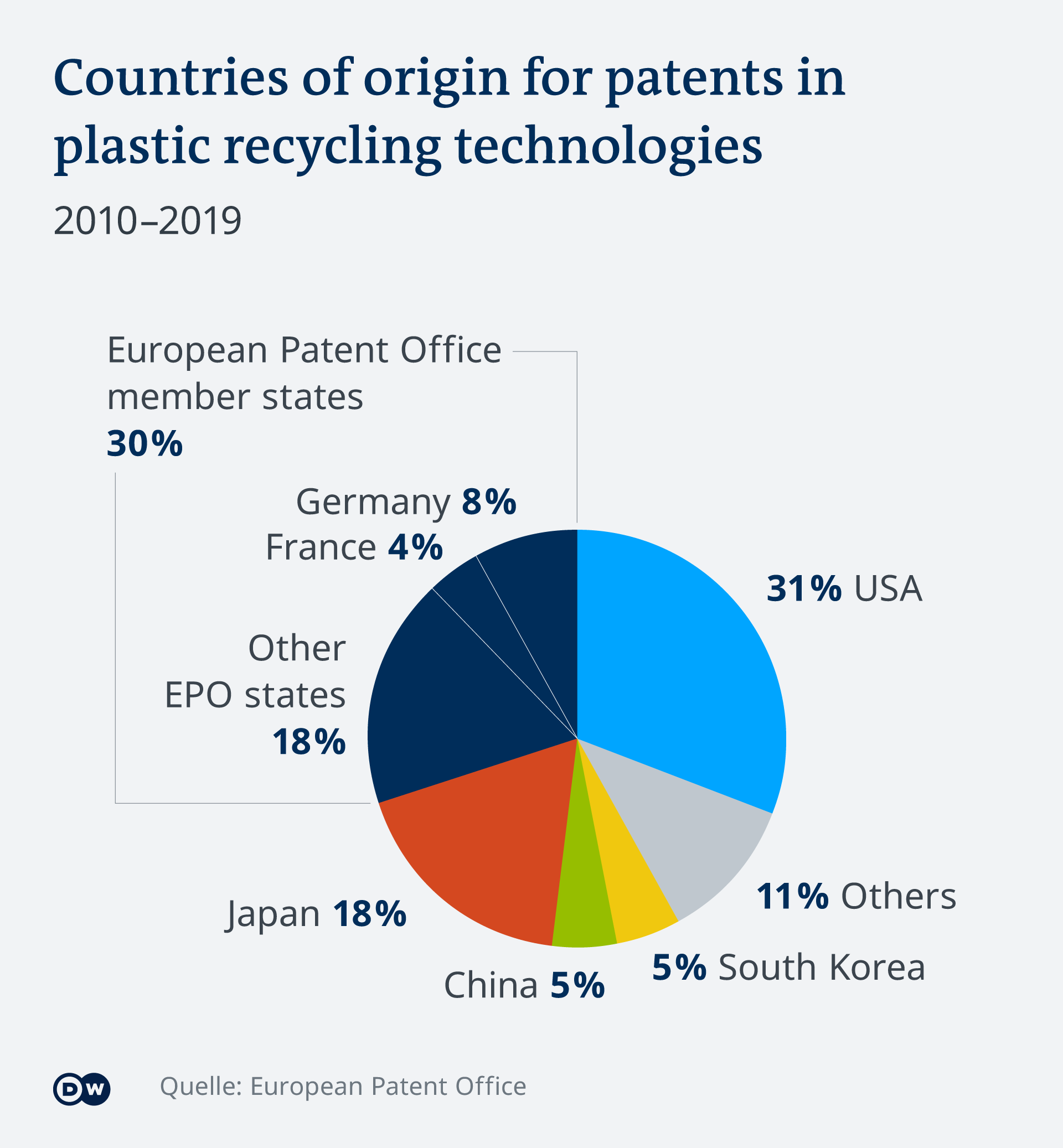ANOTHER REASON TO USE FACE MASKS
Breathing spreads tuberculosis bacteria, research suggests T
T
Tuberculosis is historically the world's number one infectious killer causing some 1.5 million deaths worldwide during an average year
GIANLUIGI GUERCIA AFP/File
Issued on: 19/10/2021 -
Paris (AFP)
Breathing is enough to spread the bacteria that causes tuberculosis, research presented at a major conference on Tuesday shows, potentially forcing the medical community to rethink decades of containment strategy focusing on coughing alone.
Using state-of-the-art equipment, at team at the University of Cape Town in South Africa measured the disease-causing Mycobacterium tuberculosis (Mtb) in 39 people with TB.
They looked at aerosols released during regular breathing, deep breathing and coughing and found that after five minutes all three produced particles containing the dangerous bacteria.
And while coughing produced three times more Mtb than breathing, the research notes that because people breathe all day long, simply exhaling may contribute more than 90 percent of airborne Mtb.
Tuberculosis is historically the world's number one infectious killer, causing some 1.5 million deaths worldwide during an average year and has been surpassed only recently by Covid-19.
A chronic cough is a hallmark of the disease and so far research has focused on people who show symptoms -- but, like with Covid, people can carry tuberculosis without showing symptoms.
Study lead Ryan Dinkele said that the findings may explain why the current approach of testing and treating only tuberculosis patients who feel sick enough to seek treatment may not go far enough to prevent its spread.
"This leaves room for extensive Mtb transmission prior to treatment seeking," he told AFP.
He said an alternative approach would be to search for people who have tuberculosis without waiting for them to seek treatment.
"However, if transmission is possible in the absence of symptoms this is extremely challenging," he said.
He added that the study, which has yet to be peer-reviewed, shows that aerosols rather than sputum -- phlegm which has been traditionally targeted to diagnose tuberculosis -- should be used to determine infectiousness.
According to the World Health Organization about a quarter of the world's population is infected with the TB bacteria -- but only five to 15 percent of these fall ill with the disease, most of whom live in low- and middle-income countries.
Dinkele noted that bringing the disease under control would require not only identifying potential early spreaders but also taking measures to improve air safety.
He said meaningful changes in behaviour like increased airflow, filtration and sterilisation in buildings to ensure better protection for uninfected individuals can be costly.
"This leaves poorer countries vulnerable to an inability to implement such changes," he said.
© 2021 AFP

 T
T















